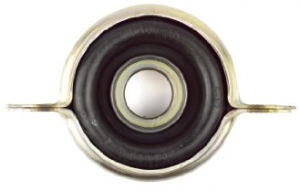-
Welcome to Tacoma World!
You are currently viewing as a guest! To get full-access, you need to register for a FREE account.
As a registered member, you’ll be able to:- Participate in all Tacoma discussion topics
- Communicate privately with other Tacoma owners from around the world
- Post your own photos in our Members Gallery
- Access all special features of the site
Power Steering Flush and Reservoir Cleaning
Discussion in '1st Gen. Tacomas (1995-2004)' started by Timmah!, Jan 8, 2018.
Page 2 of 3
Page 2 of 3


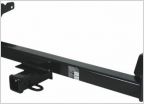 Need Tow Hitch for 1st Gen (1997) Tacoma
Need Tow Hitch for 1st Gen (1997) Tacoma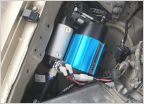 ARB CKMA12 Install in 2004 Tacoma
ARB CKMA12 Install in 2004 Tacoma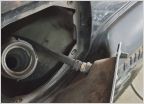 Breathers, Rear Diff & Front Diff -- Metric threads?
Breathers, Rear Diff & Front Diff -- Metric threads?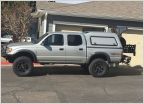 Looking for D or E rated tires for my Tacoma
Looking for D or E rated tires for my Tacoma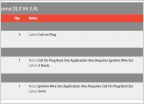 WTH shudder and shake
WTH shudder and shake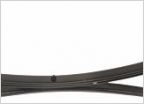 Leaf Spring Problems
Leaf Spring Problems
































